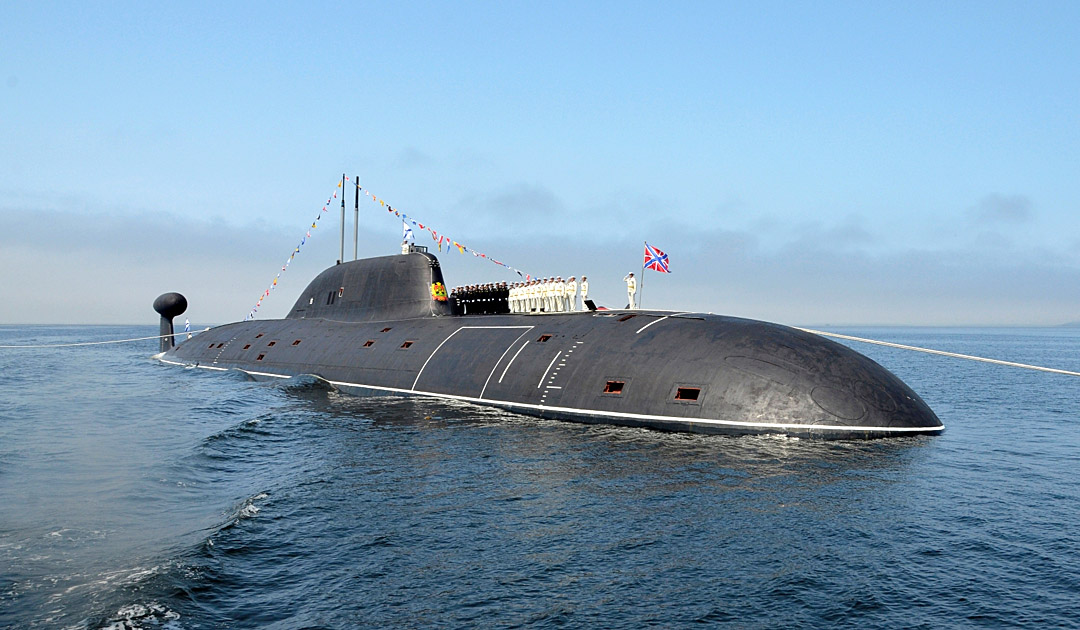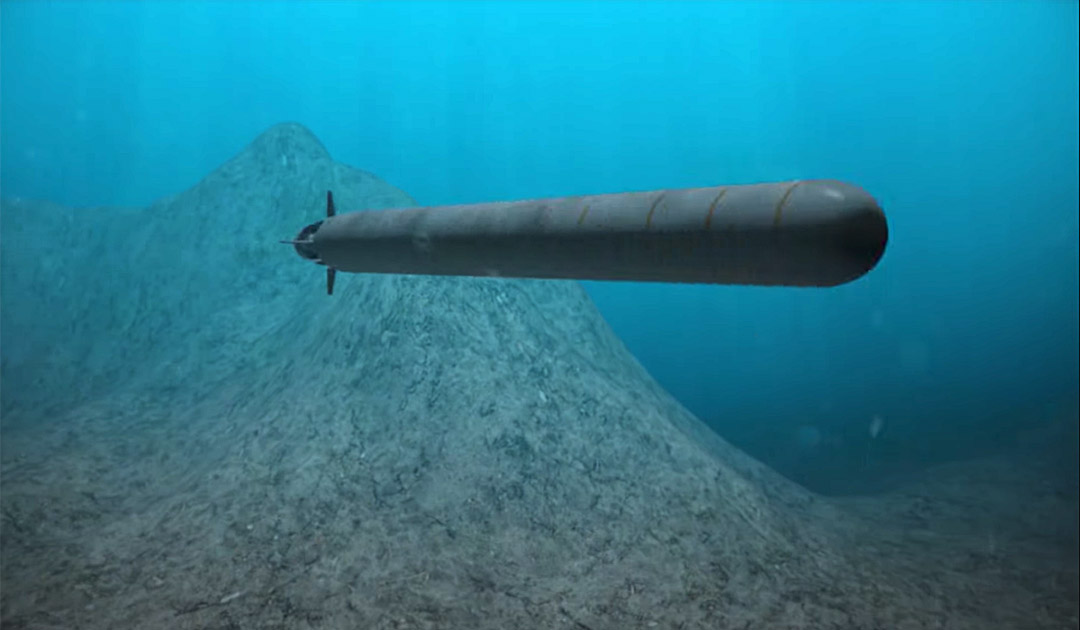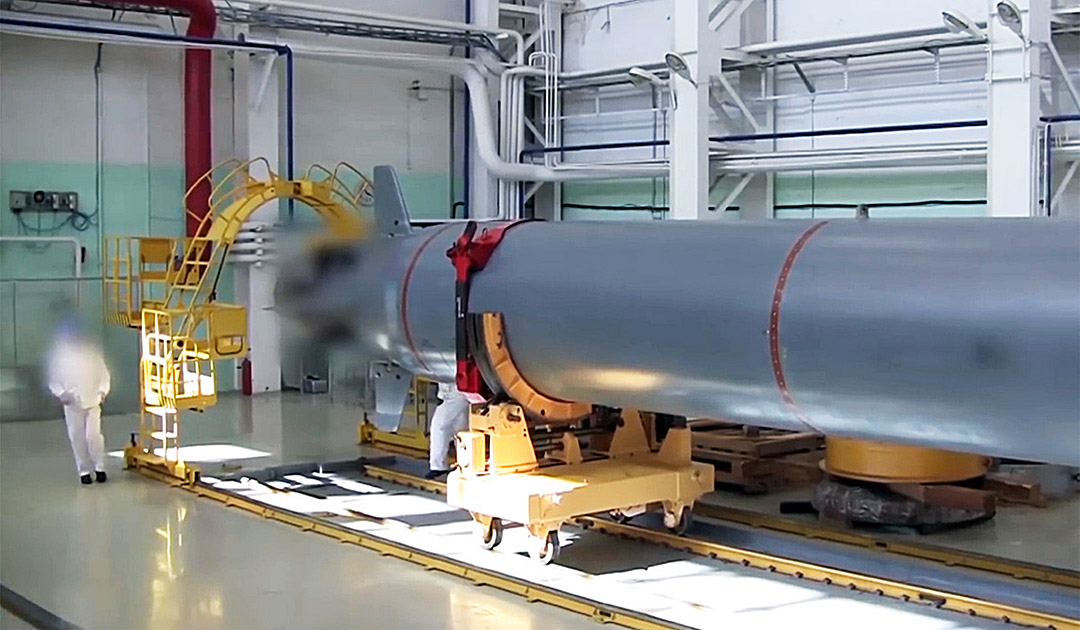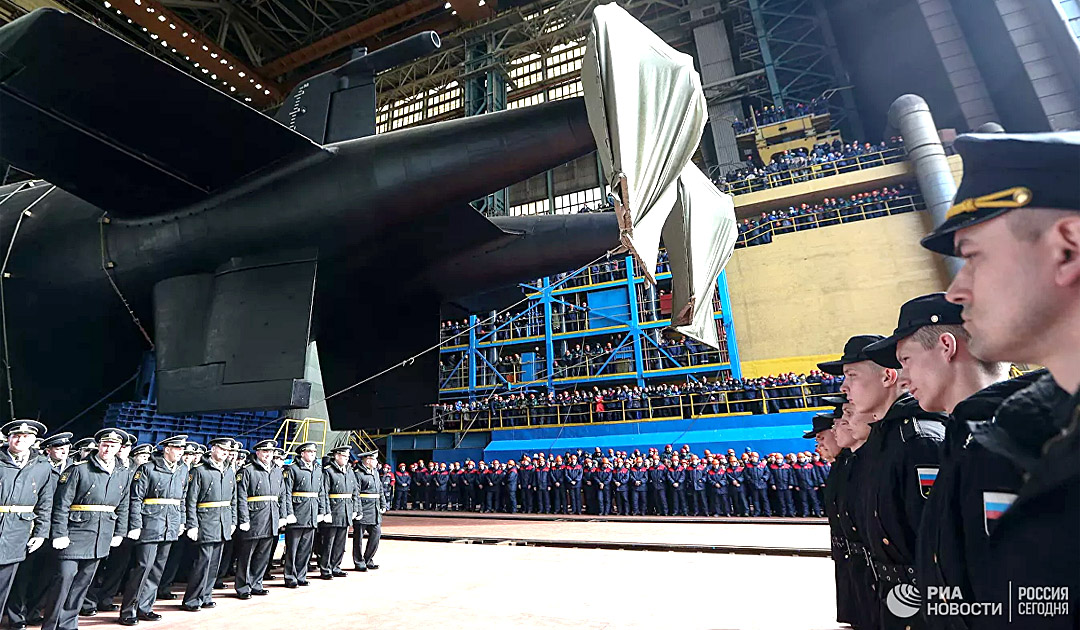
A year after the deadly accident involving a nuclear-powered missile in the White Sea, Russia’s weapons designers say a test launch of the nuclear-powered Poseidon submarine drone will take place this fall. The test launch will take place from the submarine “Belgorod”, according to the RIA Novosti news agency.

Launched from the Barents Sea or other waters in the Arctic, the drone can cross the North Atlantic autonomously. In a detonation outside the east coast of the United States, the nuclear warhead could trigger a tsunami wave several dozen meters high, in addition to the damage caused by the nuclear explosion itself.

News agencies first reported on the existence of the weapon in 2016. In March 2018, President Vladimir Putin confirmed the existence of the upcoming giant underwater drone. Poseidon was one of six new strategic nuclear weapons presented by the president.
One of the Kremlin-controlled media, Radio Sputnik, broadcast an interview with former GRU colonel Aleksandr Zhilin explaining the benefits of the drone. “A drone has several advantages. A submarine with a crew on board is, of course, a powerful weapon, but there are certain limitations in terms of the human factor. The Poseidon torpedo can be on alert at virtually any time and perform assigned tasks,” he says. Today, Zhilin is director of the Center for the Study of Public Applied Problems of National Security at Lobachevskij University in Nizhny Novgorod.

Safe against hackers
He reassures those concerned that the drones could possibly be hacked by computer terrorists.
“The emergence of this class of drones obviously requires a lot of responsibility, as it is managed by software. It is clear that there are certain risks if hackers could try to take control. But in conversation with our engineers and designers, I have come to the conclusion that there is massive protection against external disturbances,” Aleksandr Zhilin said on the radio.
With the deep-diving Poseidon drone, Russia will counter any US missile defense system, ensuring deterrence.
It is planned to deploy 16 Poseidon drones in combat operations with the Northern Fleet. Two special-purpose submarines are to carry the weapons, the Belgorod and the Khabarovsk, both of which were built at the Sewmash shipyard in Severodvsk.
The “Belgorod” is a submarine prototype based on the extended hull of an Oscar II-class nuclear-powered submarine. It was launched in April 2019 and is expected to begin testing at sea in a few months.

Nothing is said about where the Poseidon drone trial will take place, but new submarine-based weapons are usually tested in the White Sea, with the advantage that they are not international waters where the navies or spy ships of other countries can sail. In addition, the test areas are located near Severodwinsk, where the submarines and drones are being built.
Explosion of a nuclear-powered rocket
Last August, a Burevestnik rocket exploded during an alleged salvage operation. The explosion, which killed five men and caused a spike in radiation in nearby Scoundodvsk, occurred on a barge about four kilometers from the coast outside the Nenoksa missile test site.

Russian officials have not released information on possible radioactive substances that could be released into the marine environment during the upcoming tests of the 24-meter-long poseidon nuclear-powered underwater drone.
Heiner Kubny, PolarJournal





